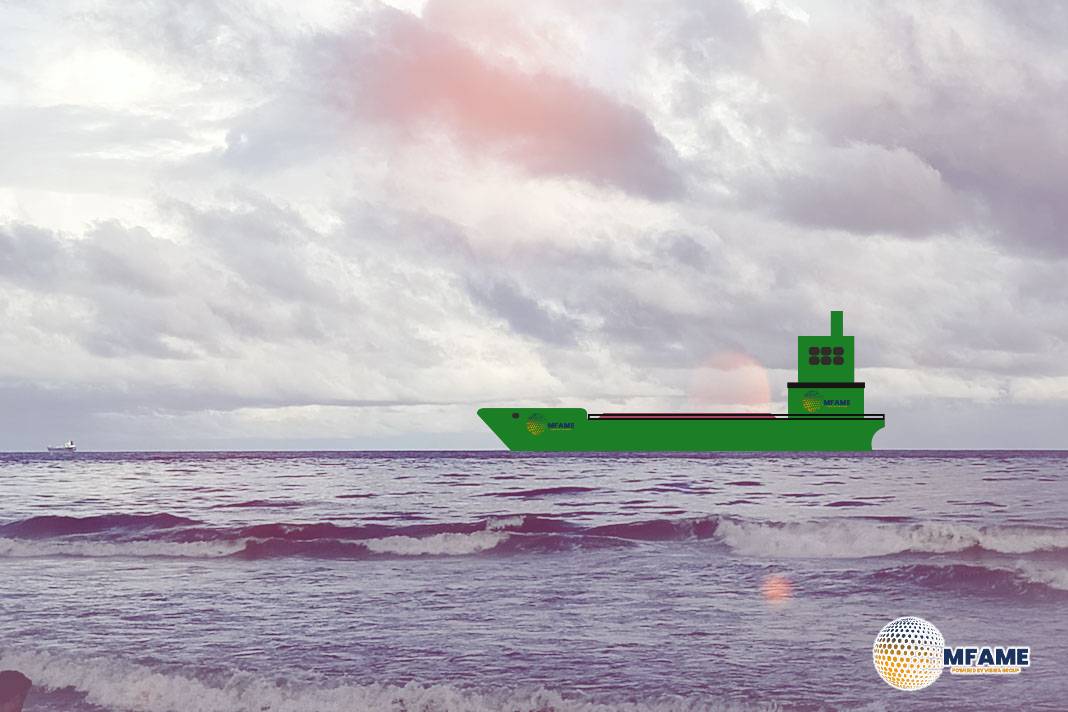- Non-Ice-Class Ships Granted Passage Under Rosatom’s Control.
- Over 1,300 Permits Issued in 2024, Including to Sanctioned Tankers.
- Western-Owned LNG Ships Continue Operating in the Russian Arctic.
A recent study focusing on vessels navigating the Northern Sea Route (NSR), a crucial Arctic initiative for Russia, reveals that outdated oil tankers and cargo ships, often flying questionable flags and lacking ice classification, are being granted entry permits. Stretching from the Novaya Zemlya Archipelago to the Bering Strait, the NSR is under Russian control and operates through a permit system that mandates Russian pilotage and icebreaker support. The development of this route is managed by Rosatom, the Russian State Nuclear Corporation, which is also playing a role in the conflict in Ukraine, including overseeing the Zaporizhzhia Nuclear Power Plant, reports Clean Arctic Alliance.
Surge in Permits and Sanctioned Ships
In 2024, Rosatom issued a staggering 1,312 permits to 975 vessels, among which were 100 flying foreign flags, including 33 LNG tankers, 22 oil tankers, and 38 cargo ships. A significant portion, about one-third, didn’t have ice class certification, and more than half of the oil tankers were over 15 years old. Many of these ships had recently changed their names or flags, leaving gaps in their tracking data. The majority were transporting oil from Russia to China and India, cleverly sidestepping European sanctions. A number of them were using Panama’s grey-listed flag, which suggests a lack of stringent oversight.
Western Companies Still Active in Arctic Trade
Even with sanctions in place, Western companies continue to engage in shipping along the NSR. Seven vessels under Cypriot flags and two under Maltese flags, all loaded with LNG or gas condensate from the Yamal LNG plant, are owned by Greek company Dynacom, which is run by billionaire George Prokopiou. Additionally, seven more LNG tankers transporting cargo to South Korea and China are owned by UK-based Seapeak Maritime Ltd, led by Australian Michael Dorrell, while Japan’s Mitsui O.S.K. Lines has five others in operation.
Environmental and Safety Risks
The presence of ageing, non-ice-classified tankers poses significant environmental risks in the Arctic, where spill-response capabilities are limited. Many of these vessels still rely on heavy fuel oil (HFO) or very low sulfur fuel oil (VLSFO), both of which release black carbon, a potent pollutant. Currently, these ships are ferrying Russian oil from Murmansk and St. Petersburg to Asia, all while navigating the challenges posed by Western sanctions.
Climate Concerns Over Methane
LNG tankers are raising some serious climate alarms because of methane leaks, and it seems like Russian authorities aren’t doing much to address these emissions.
Call for Cleaner Fuels
The Clean Arctic Alliance is pushing for a ban on single-hulled ships and is advocating for the use of cleaner “polar fuels” instead of traditional fossil fuels. Arctic governments really need to take the lead here – if they implement regulations that require only polar fuels to be used in the Arctic, we could see a significant drop in the amount of black carbon released by ships in the area. These important discussions will take place at the IMO’s Pollution Prevention and Response Committee (PPR 13) meeting in February 2026.
Did you subscribe to our daily Newsletter?
It’s Free Click here to Subscribe!
Source: Clean Arctic Alliance

















